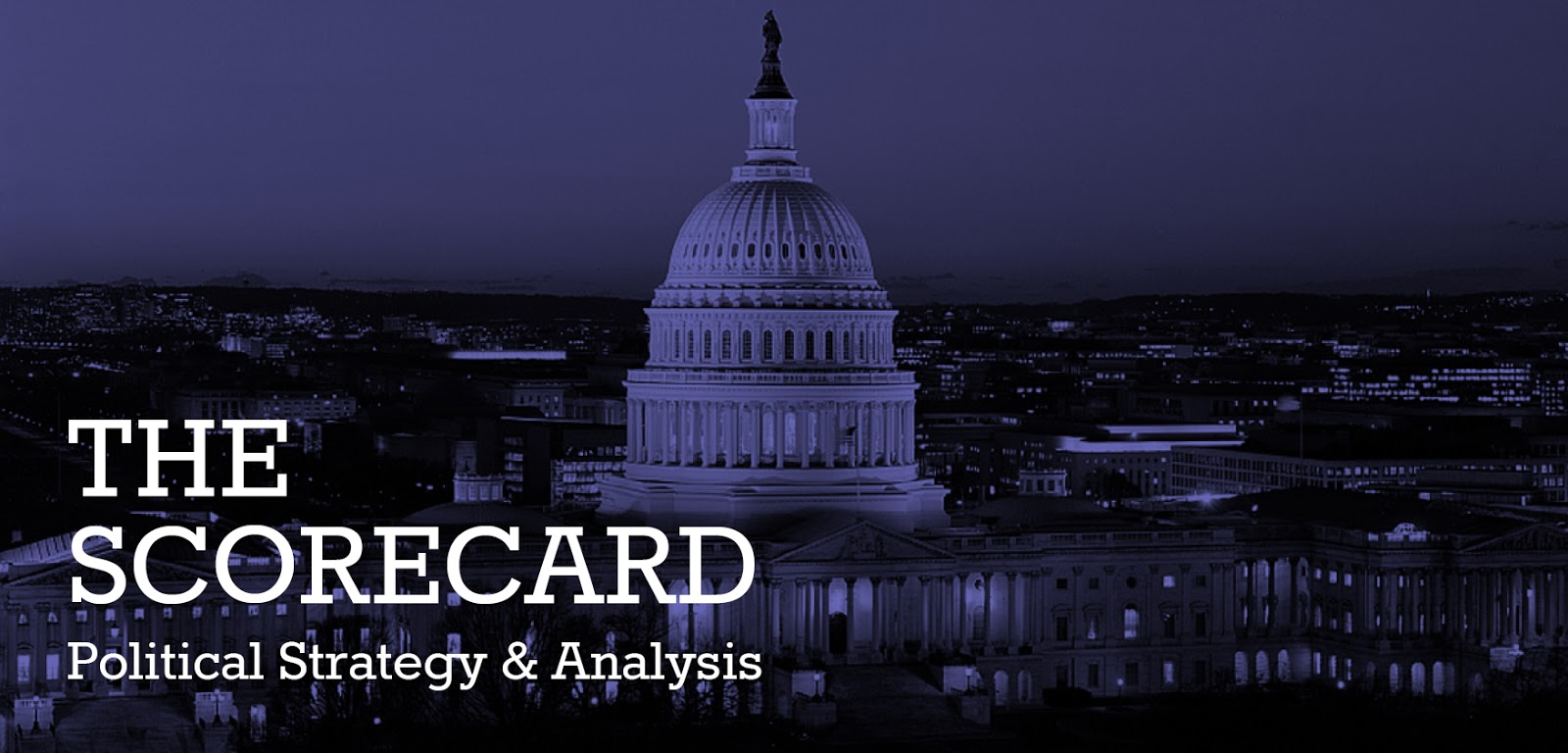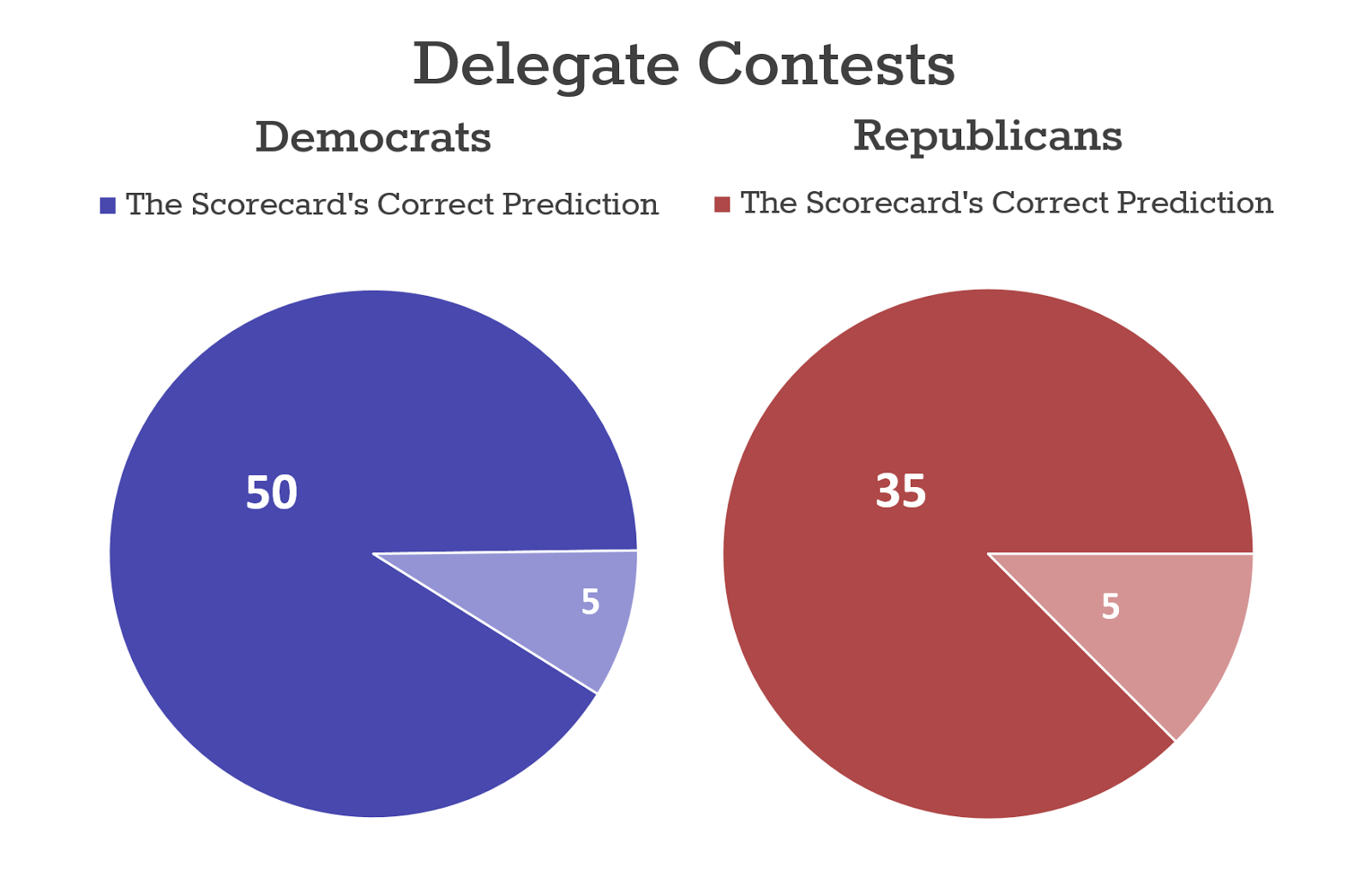We
launched this blog to build upon previous columns and ideas developed for
Connecticut news sites. To honor that tradition, we’re going to do a deep dive
into Connecticut’s elections as we have done for battleground states.
In
case there is any confusion, Connecticut is not a battleground state. In
actual battleground states, we have presented models that indicate what a
victory for each candidate would look like. Trying to do
that in Connecticut would be a lie. As we demonstrated in 2012, for a Democrat to
lose statewide in Connecticut in a presidential year is very difficult.
That’s even more true with Donald Trump as the alternative; he can’t be
expected to win or even be competitive in the 4th congressional district, and a Republican who can not win the 4th can not win the state.
Democrats
have won by over 10% in the last four presidential elections and there is no
reason to believe that the trend will end. The interesting thing to watch is
whether Clinton is able to break margins set by President Obama in 2008, or
whether she will be slightly below that. It is important to remember that Connecticut
is not special. The state’s movements from election to election tend to follow the
national trends.
When Gore and Bush tied, Gore
won Connecticut by 17.5% (Aided by a Nutmegger on the national ticket). Kerry slipped a bit to a 10.4% win in Connecticut over
Bush as Bush improved nationally, winning by 2.46%. When Obama won nationally by
7.27%, Obama won Connecticut by 22.3%. When Obama won nationally in 2012 by 3.86%,
he won Connecticut by 17.3%.
Although
imperfectly, Connecticut has tended to follow the national trend. Therefore, if
Clinton leads Trump by about 6 (what the RCP average has for today), she would
be reasonably expected to win Connecticut by about 20%. If she wins by more
nationally, Connecticut would be likely to expand.
Connecticut’s
core cities, Hartford, New Haven and Bridgeport, may be an exception because
there isn’t much room to improve. In addition, the absolute utter sleepiness of
the Senate race this year, compared to 2012’s monster mash race with the WWE”s Linda McMahon,
is likely to be less urgent in the cities and thus could generate less
turnout.(not to mention the lack of Obama on the ballot) Because we can’t yet know how Trump will perform nationally, we
can’t know if there are any towns to watch for him to win that Obama won four years
ago. If there are any, they are likely to be in the 2nd Congressional
District or the Naugatuck Valley.
This
brings us to the section specially for the Connecticut State Capitol crowd. We
take issue with the idea that there is no connection between the top of the
ticket races and those further down the ballot. Republicans like to point
to the fact that they didn’t lose seats in 2012 despite Obama’s win. That was
basically true, but hid a bigger truth. After the 2012 elections, Republicans
held just three House seats in districts where Obama got over 55% of the vote.
By contrast, Democrats only held one seat in a district Obama did not
win. One of those three Republican seats was the only seat Democrats
picked up in 2014.
Top
of the ticket matters a great deal down ballot, but it depends a lot on the
margin. The battle is for 36 seats in places where Obama won by 50% to 55%.
Democrats currently hold 13 of these seats. Republicans hold 23 of these seats.
Republicans also hold eight seats in places Obama got more than 55% as a
result of their excellent performance in the mid-term elections; six were
gained in 2014, and the two others are open this year.
It
is not as simple as the party that wins at the top of the ticket necessarily wins
at the bottom, but it is true that there is a strong push in that direction.
This is particularly true in Connecticut because so many of the Republican
House incumbents who are being challenged are one-termers and it is harder to
build up the incumbent advantage in that time. If those who voted for the Democratic
candidate in 2014 vote for the Democratic candidate in 2016, then the presidential
year voter surge alone is likely enough to take down many of these Republicans.
On
the Senate side, the gerrymander is striking enough that it is hard to have
much in the way of turnover. Democrats currently hold the seats they should
save one and Republicans mostly hold the seats they should. Democrats do not
hold a single Romney-won seat (there are only six). In places where Obama got 55%
or better, Democrats hold the Senate seat, except one won by a Republican in
2014.The Democrats hold just two seats in places Obama won by less than 55%. Republicans
are making a play for an open seat in Groton/Stonington that Obama won with 56%.
There is some Republican effort to play in districts Obama won with 60% or better in 12 but
those seats do not seem overly promising for Republicans. It is not
clear what seats Democrats are targeting for pickups.
In
conclusion, a status quo state Senate seems like the most likely outcome. (The
range is R +1 to D+2). In the House, Democrats seem likely to gain, (although
the range is R+2 seats to D+10).
We
have not talked at all about the Congressional races because there might as
well not be Congressional races. Realizing defeat was near certain, Republicans
did not raise the money needed to mount competitive races and thus made defeat
completely certain.
We
predict Clinton by 20% in Connecticut and, if we’re wrong and had to say
whether it was more or less, we’d say more. We will be around to heckle
if we are wrong.



